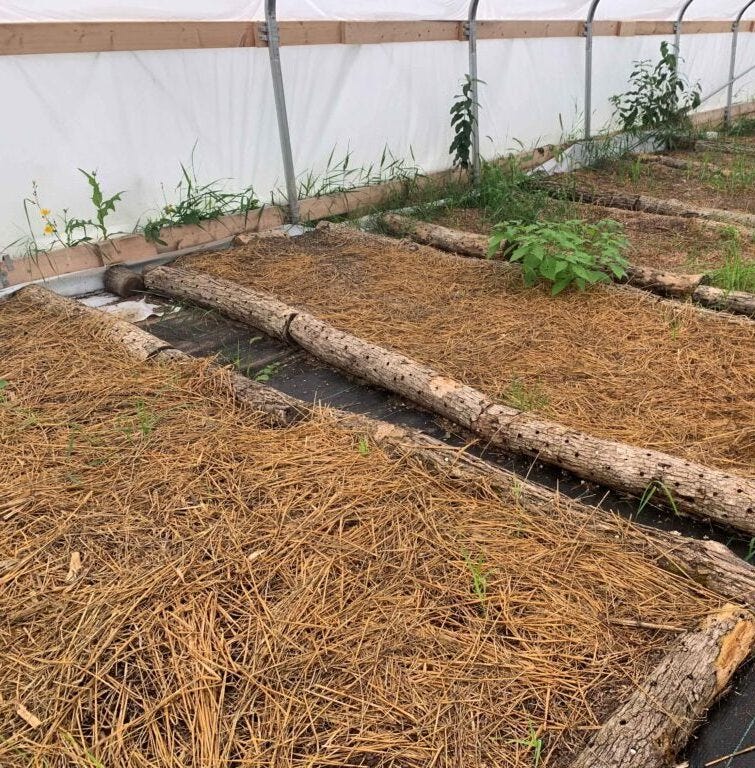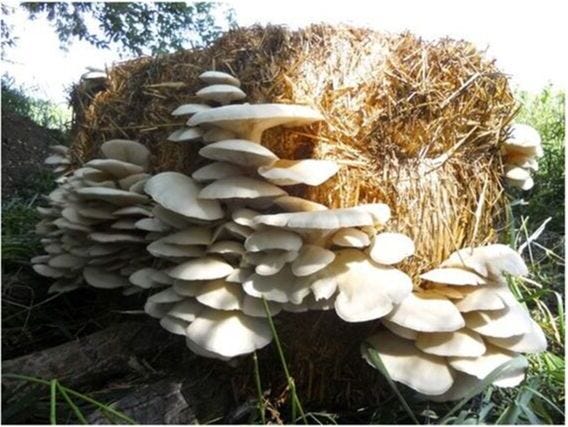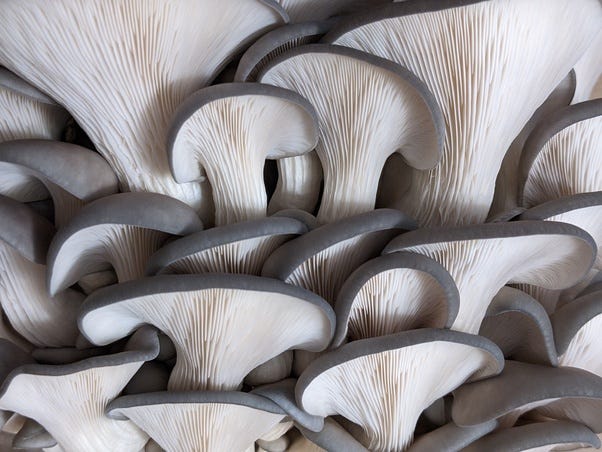Growing mushrooms in your garden
Mushroom cultivation can be your next hobby, even it can become your source of income. In recent years mushroom cultivation has become popular. For the aspiring mushroom farmers, I am trying to lay out techniques, tips and tricks in brief so that they can start growing mushrooms in their backyard garden. If you already have a backyard garden mushroom cultivation can be beneficial for you. Firstly as decomposers, fungi play a crucial role in nutrient cycling in the soil and adding edible mushrooms to your garden accelerates decomposition processes and taps into an additional food source.
Now let's talk about common mushroom cultivation techniques for your garden.
Growing in Beds:
The mushroom bed method is perfect for people wanting to grow mushrooms outdoors, who don't want to make a big investment and are looking for a fast return on their work. The benefits of growing outside are almost innumerable. Not only does it provide a cost-effect supply of healthy and delicious food, but you’ll also be able to access species not commercially available while improving the quality of your soil - a big bonus for gardeners!
Unlike intensive indoor cultivation or growing on logs, making mushroom beds is easy and doesn't require any special equipment or technology. Often, you can expect to harvest in the same season! All you need is sawdust spawn or grain spawn, straw or wood chips, and a consistent supply of water to keep your bed moist.
Growing on Logs:
Growing mushrooms in logs is an excellent method for those interested in a sustainable and natural approach to mushroom cultivation. This technique, ideal for shiitake, oyster, and lion's mane mushrooms, requires minimal investment and leverages natural resources. By using hardwood logs like oak or maple, growers can create a productive environment for mushroom mycelium to thrive. The process involves drilling holes into the logs, filling them with mushroom spawn, and then sealing them with wax to protect the spawn and retain moisture.
One of the main advantages of log cultivation is its low maintenance nature. Once inoculated, the logs require little attention beyond occasional watering during dry periods. This method mimics the mushrooms' natural habitat, often leading to healthier and more robust growth. Additionally, the logs can produce mushrooms for several years, offering a long-term supply of fresh, organic mushrooms right from your backyard.
Growing on straw bales:
Growing mushrooms on straw bales is a fantastic method for those seeking a simple, cost-effective way to cultivate mushrooms outdoors. This approach is particularly suitable for growing oyster mushrooms, which thrive in the nutrient-rich environment provided by straw. By using straw bales, you can easily set up a mushroom garden without the need for specialized equipment or extensive preparation. The process involves soaking the straw bales in water to soften them, inoculating them with mushroom spawn, and maintaining moisture levels to support mycelium growth.
The benefits of growing mushrooms on straw bales are numerous. This method is highly accessible, requiring only basic materials and minimal effort, making it perfect for beginners. Additionally, straw bales are easy to obtain and handle, providing a versatile substrate that can yield mushrooms within a few weeks. As the mushrooms grow, the decomposing straw also enriches the soil, offering added benefits for gardeners looking to improve their garden's fertility.
Growing in containers:
Growing mushrooms in containers is an ideal method for those with limited space or who prefer a controlled cultivation environment. This technique is particularly effective for a variety of mushrooms, including button, oyster, and shiitake mushrooms. Using containers allows growers to create optimal conditions for mushroom development, with the ability to manage factors like temperature, humidity, and light more precisely. The process involves filling containers with a suitable substrate such as straw, sawdust, or compost, inoculating with mushroom spawn, and maintaining consistent moisture levels.
The advantages of growing mushrooms in containers are substantial. This method offers great flexibility, allowing cultivation indoors or in small outdoor spaces such as balconies or patios. Containers can be moved easily, enabling growers to adjust to changing environmental conditions or to bring the mushrooms indoors to protect them from adverse weather. Additionally, container cultivation reduces the risk of pests and diseases, ensuring a cleaner and more controlled growing environment. With proper care, container-grown mushrooms can produce multiple harvests, providing a steady supply of fresh, home-grown mushrooms throughout the year.
Harvesting Mushroom:
Harvest mushrooms when the cap margin is slightly curled under to ensure optimal taste and texture. Oyster mushrooms can be identified by their decurrent gills, distinctive aroma, and white spore print. Wine Cap mushrooms feature a burgundy cap color, an annulus, and a sweet, earthy scent. Shiitake mushrooms are recognizable by their fibrous veils, serrated gills, and white spore print.
Safety concern:
Ensure 100% identification before consuming any harvested mushrooms to avoid potential poisoning. Conduct a small taste test and monitor your body's reaction before consuming larger quantities, as some individuals may have sensitivities. Thoroughly cook mushrooms for improved digestibility and flavor, as cooking helps break down tough cell walls and enhances their nutritional benefits.
Growing mushrooms in your garden not only adds a unique culinary experience but also enhances soil health and overall garden ecology. Experiment with different cultivation techniques, explore diverse mushroom varieties, and enjoy the bountiful harvests that nature has to offer in your own backyard.








